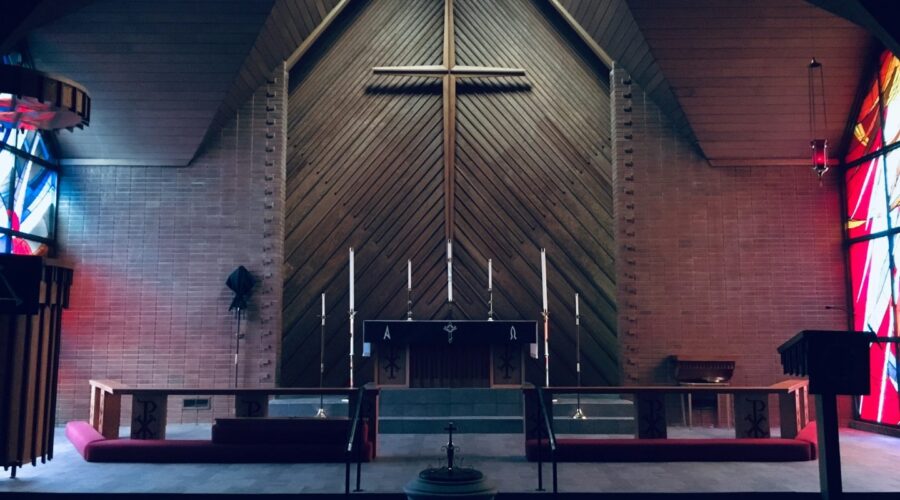Your cart is currently empty!
St Martin’s Church: A Historical and Architectural Gem in the Heart of Canterbury

Introduction
St Martin’s Church is an ancient and beautiful place of worship located in the heart of Canterbury, England. With a history stretching back to the Norman Conquest, the church has witnessed centuries of religious, social, and architectural change. This article delves into the fascinating history, architectural features, and religious significance of St Martin’s Church, providing a comprehensive guide for visitors and history enthusiasts alike.
Historical Overview
Anglo-Saxon and Norman Origins
The earliest known church on the site of St Martin’s dates back to the Anglo-Saxon period, around the 6th century AD. This humble wooden structure was replaced by a stone church built by the Normans after the Conquest in 1066. The Norman church formed part of the Abbey of St Augustine, one of the most important religious institutions in medieval England.
Medieval Enlargement and Renovation
During the 12th and 13th centuries, St Martin’s Church underwent significant expansion and renovation. The nave was extended, the chancel was rebuilt, and the tower was added. The church also acquired a number of important relics, including the head of St Augustine of Canterbury.
Tudor and Stuart Period
The Tudor and Stuart periods saw further changes to St Martin’s Church. The interior was remodeled in a more Protestant style, and the tower was raised to its present height. The church also played a role in the English Civil War, being used as a garrison by Royalist forces.
Victorian Restoration
In the 19th century, St Martin’s Church underwent a major restoration under the direction of architect George Gilbert Scott. Scott’s work included rebuilding the chancel, adding a new organ, and installing stained glass windows. The restoration restored the church to its former glory and ensured its preservation for future generations.
Architectural Features
St Martin’s Church is a remarkable example of Norman and Gothic architecture.
Exterior
The exterior of the church is dominated by the imposing tower, which rises to a height of 75 meters. The tower features a series of arched windows and is topped by a battlemented parapet. The nave and chancel are both long and rectangular, with large windows that flood the interior with light.
Interior
The interior of the church is spacious and airy, with a vaulted ceiling supported by massive columns. The nave and chancel are separated by a large chancel arch. The chancel contains a beautiful stained glass window depicting the crucifixion, and the nave is adorned with a series of memorials to former members of the congregation.
Crypt
Beneath the chancel lies a large vaulted crypt. The crypt dates back to the Norman period and houses a collection of medieval artifacts, including a stone coffin.
Religious Significance
St Martin’s Church has been a center of Christian worship for over a thousand years. The church is dedicated to Saint Martin of Tours, a 4th-century bishop known for his generosity and compassion. Over the centuries, the church has played an important role in the religious life of Canterbury and has been visited by countless pilgrims and worshippers.
Visiting St Martin’s Church
St Martin’s Church is open to visitors every day of the week. Visitors are welcome to explore the church, admire its architecture, and learn about its history. Guided tours are available by appointment.
Conclusion
St Martin’s Church is a beautiful and historic building that has stood at the heart of Canterbury for centuries. Its rich history, stunning architecture, and religious significance make it a must-visit destination for anyone interested in history, architecture, or religion. Whether you are a local resident or a visitor from afar, be sure to take some time to explore this architectural gem and immerse yourself in its fascinating story.